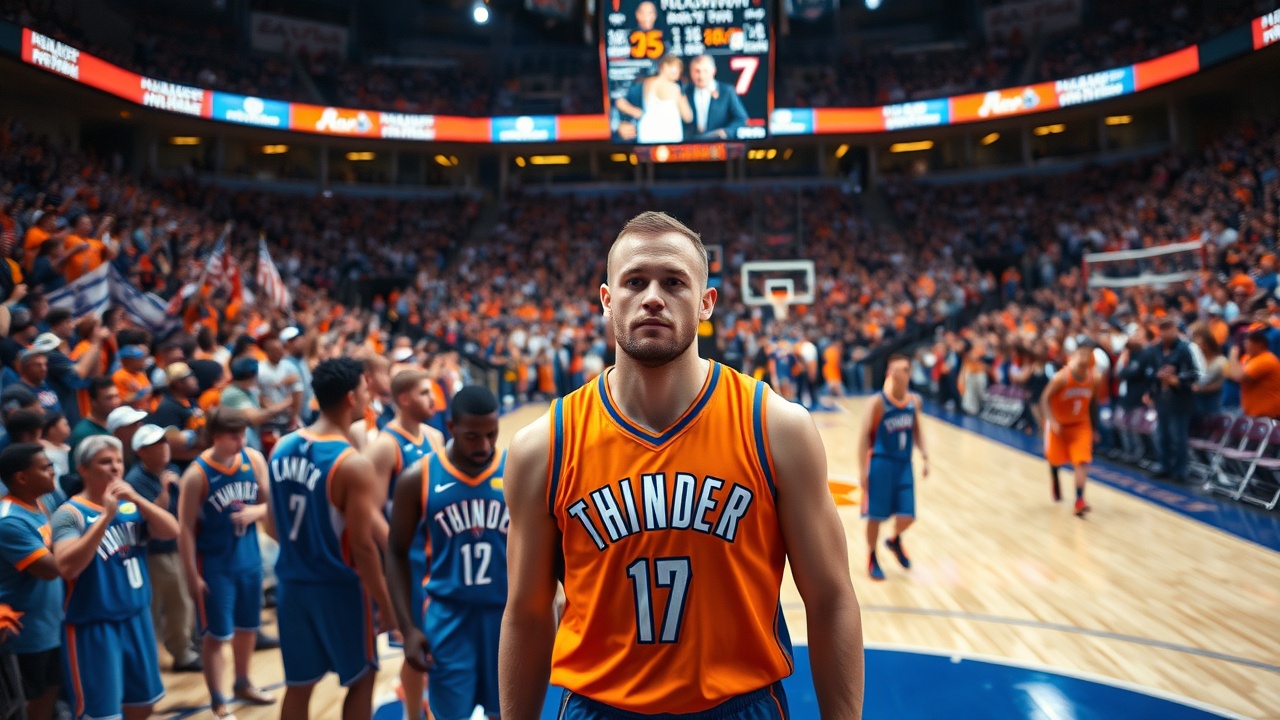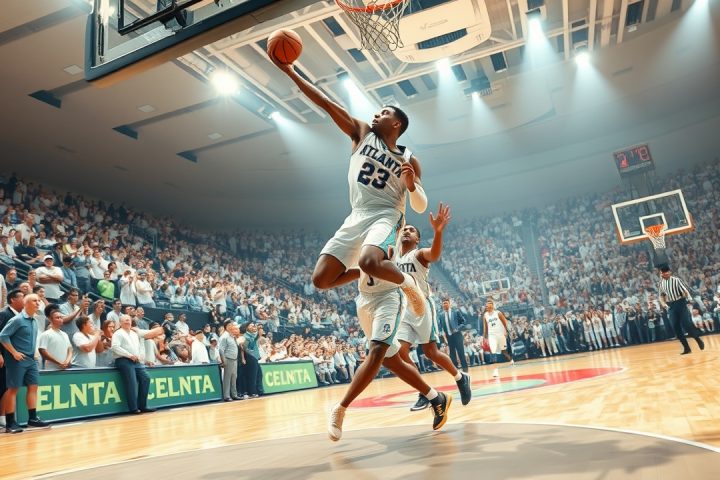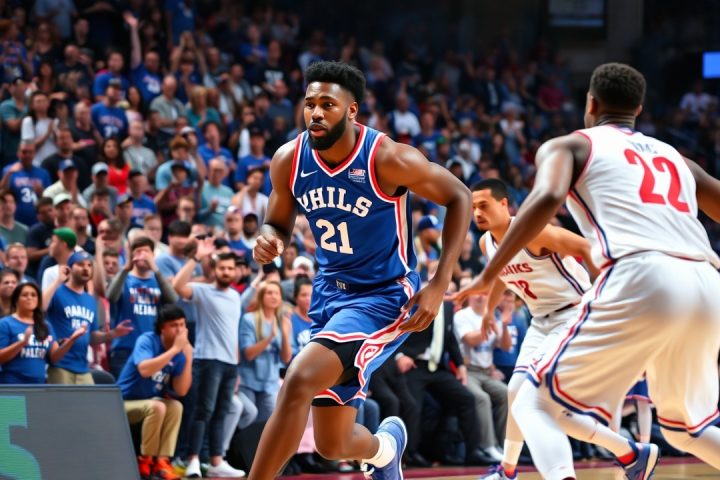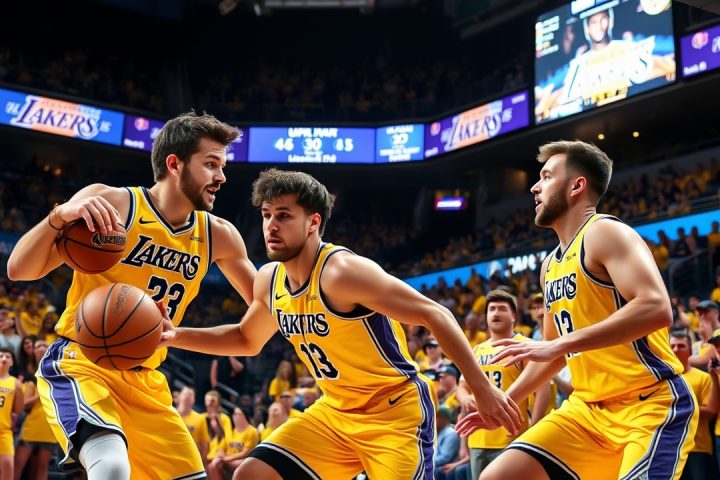Celebrating Success in Oklahoma City
In Oklahoma City, shortly before Thunder guard Alex Caruso celebrated his second Larry O’Brien trophy, he was found in a corner of Paycom Center, focused and grounded. Though he was ostensibly there to warm up before the pivotal Game 7, Caruso diverted his attention from perfecting his jump shot to meticulously honing his footwork. Every movement was deliberate and practiced, reminiscent of a dancer mastering their routine.
Centering in High Pressure
In the high-pressure environment of an NBA playoff game, Caruso managed to center himself, adhering to the mantra of living in the moment, a principle embraced by his Thunder teammates.
The Vital Role of Alex Caruso
Caruso’s presence is vital to the Thunder’s success, acting as a linchpin within head coach Mark Daigneault’s strategic system. While star player Shai Gilgeous-Alexander is the team’s driving force, Caruso serves as the essential facilitator that holds the team together. He embodies the essence of a smart basketball player who understands and maximizes his role—especially notable for someone who has already clinched two NBA championships.
“Throughout my career, I’ve realized that I can excel in ways that are not traditionally recognized in offensive or defensive skills,” Caruso reflected. “I leaned into those roles and honed them to carve out my niche in the league.”
Innovative Strategies and Effective Combinations
His unique blend of skills allows Oklahoma City to innovate with their lineups, often opting for configurations that favor speed over size. Throughout the season, they frequently deployed combinations of four guards alongside one big man, subverting traditional basketball norms that favor height. This strategy proved effective, particularly with the synergy between center Isaiah Hartenstein and forward Chet Holmgren.
Statistics reveal that Oklahoma City’s performance with various combinations featuring either Hartenstein or Holmgren has been markedly impressive—showcasing excellent net ratings even when separated.
Adapting Under Pressure
As Game 7 featured unexpected defensive schemes from the Indiana Pacers, Caruso’s strategic role became even more profound. Despite the Pacers’ attempt to disrupt Oklahoma City’s offensive flow, the Thunder remained adaptable, drawing from their extensive playoff experience.
Caruso was particularly crucial in executing guard-to-guard screens, a tactic favored by Daigneault. His capacity to set solid screens and pivot quickly allowed him to create dynamic offensive opportunities that kept defenses guessing.
Impact on Defense and Team Dynamics
On defense, Caruso and his teammates’ ability to rotate and cover ground efficiently has made it challenging for opponents to find their rhythm. His inclusion in the lineup allowed for effective switches and helped contain the Pacers, forcing 23 turnovers that Oklahoma City deftly converted into 32 points.
Players like Holmgren recognized the importance of this collective defensive effort: “The unique athleticism and coverage capability of our guards provide us the advantage to ramp up our defensive intensity.”
Shifting Trends in the League
The success of the Thunder’s unconventional defensive and offensive styles could inspire other NBA teams to adopt similar approaches. Traditional basketball hierarchies may be shifting, with various franchises experimenting with smaller lineups.
For example, the Pacers’ own rotation includes several players standing under six-foot-six, paralleling trends seen in roster constructions from teams like Boston and Denver, suggesting a collective reevaluation of size versus agility in the league.
The Future of Basketball Strategy
In a league driven by trends, the Thunder’s championship win might motivate teams to embrace a more fluid, small-ball strategy, suggesting that the era of emphasizing speed and versatility over sheer size could be upon us.




